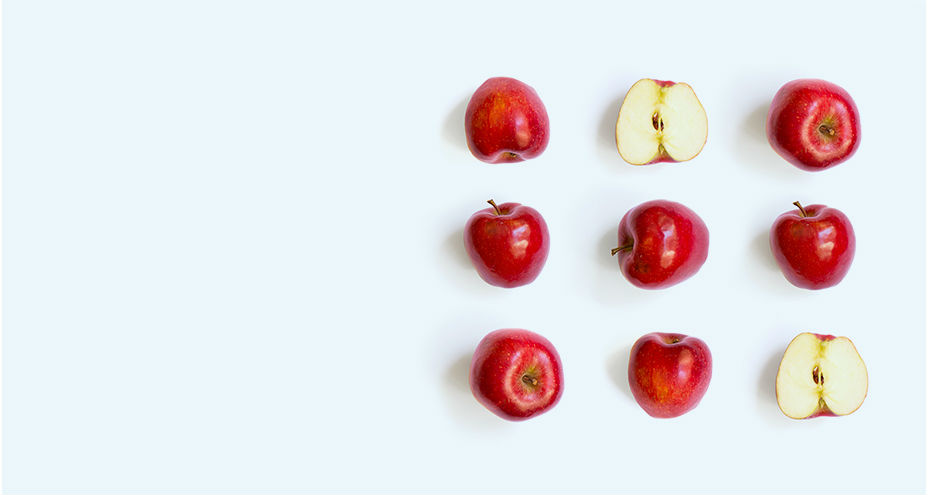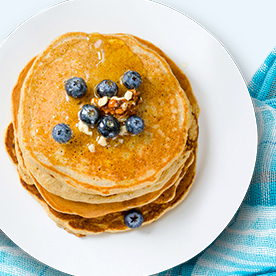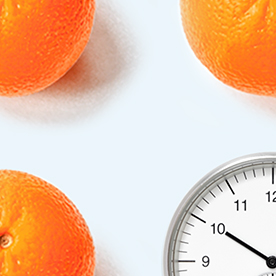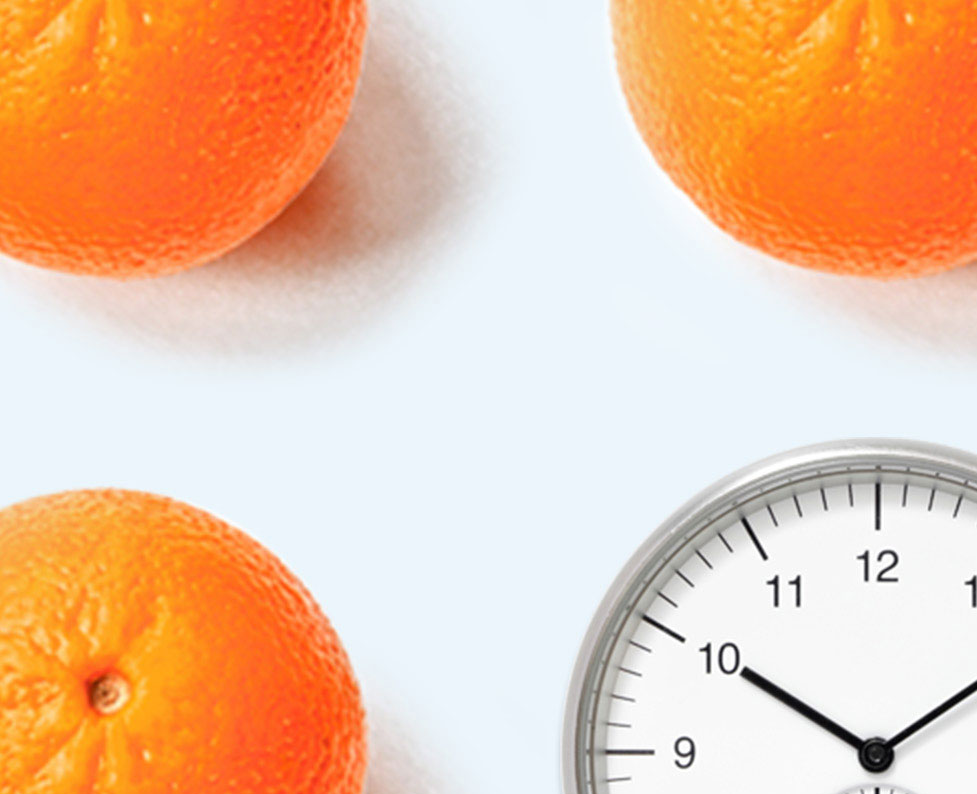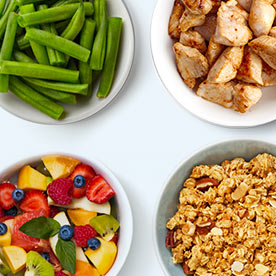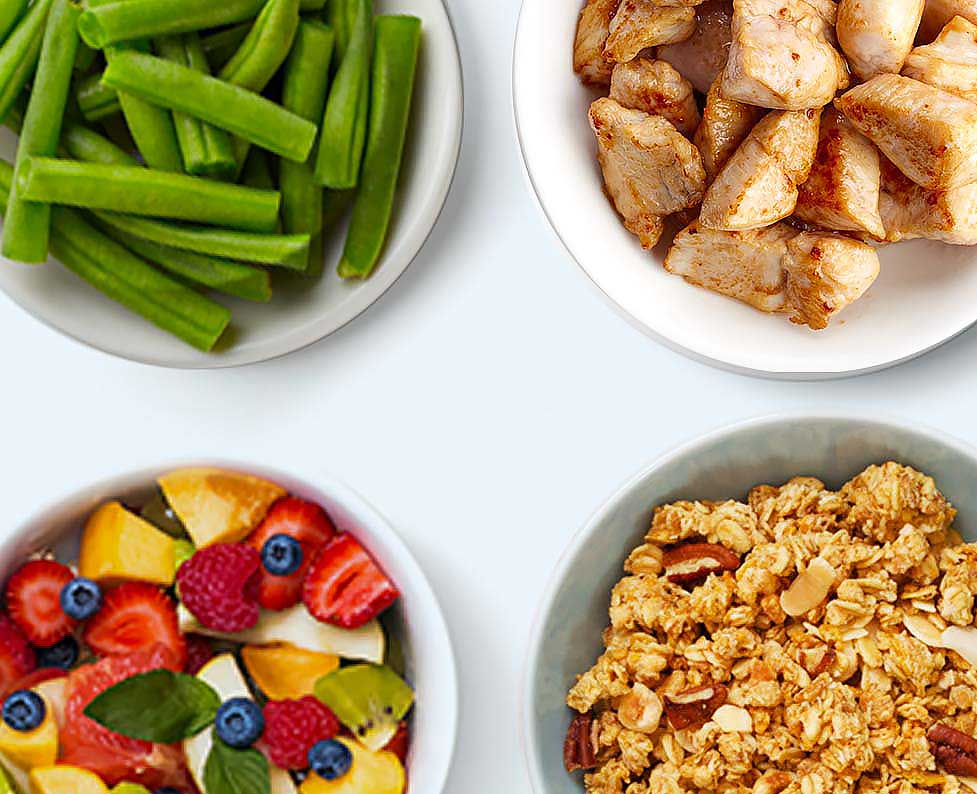Carbohydrates are your body’s main source of energy. They are the sugars, starches, and fibre found in fruits, vegetables, grains, legumes, milk, and many prepared foods. Both the type and amount of carbohydrates you eat affect your blood sugar levels. This is why you need to spread out your carbohydrate intake throughout the day.
It’s normal for blood sugar levels to spike after a meal. That being said, not all carbohydrates have the same effect on blood sugar levels. Some starchy foods, such as white bread and white pasta, are rapidly digested and may cause a higher spike in blood sugar levels. Other foods, such as fibre-rich whole-grain breads and beans, are digested slowly, causing a smaller spike in blood sugar levels. Healthy food choices based on the type and amount of carbohydrates can help you keep blood sugar levels on target.
What is the Glycemic Index (GI)?
The glycemic index (GI) is a scale that ranks foods by how much they raise your blood sugar levels versus other foods. They are ranked on a scale from 0 to 100, with foods that quickly raise your blood sugar having a higher number than foods that raise it more slowly. The glycemic index list can help you make smarter food choices. Here’s how it works:
| Low-gi foods (55 or less)†‡ | Medium-gi foods (56-69)†‡ | High-gi foods (70 or more)†‡ |
| Glucerna® nutritional drink¥, grains, beans, most vegetables. | Wild rice, fruits, some whole grain pastas. | Potatoes, white bread, white pasta. |
| Choose most often. | Choose more often. | Choose less often. |
† Expressed as a percentage of the value of glucose.
‡ Canadian value where available
¥ Only Glucerna® nutritional drink, Vanilla has been tested. Other flavours have a similar nutritional profile to Vanilla flavour.
Source: Adapted from www.diabetes.ca.
Counting carbohydrates (carbs)
To count carbs, you’ll need to know which foods contain carbohydrates and learn to estimate the number of grams of carbs in the foods you eat. This usually involves simple math, keeping detailed food records, and being able to read food labels.
Initially, this can all be a little confusing. That’s why it’s important to create your meal plans with your health care professional. He or she can help you make healthy food choices, based on your weight, medications, exercise routines, blood sugar targets, and food preferences. Ideally, you should see your dietitian every
6 months to see if you need to make changes and adjustments to your eating schedule and diet.
Where Glucerna® can fit in
Glucerna® nutritional drink has a low glycemic index!¥
There are many products available in today’s market. Glucerna® is specifically designed for people with diabetes and is available as a nutritional drink. It contains slowly digested carbohydrates that are released into the bloodstream gradually. As a result, Glucerna® triggers a smaller blood sugar spike.¶
How can you use Glucerna®? In many different ways.
¥ Only Glucerna® nutritional drink, Vanilla has been tested. Other flavours have a similar nutritional profile to Vanilla flavour.
¶ Compared to a standard nutritional drink.




